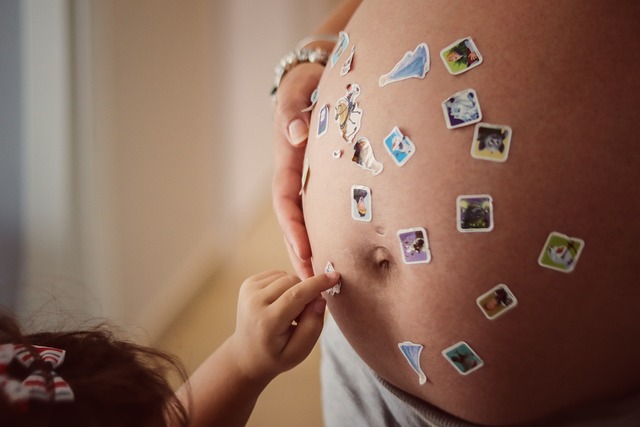My journey into Assisted Reproductive Technologies and Embryology has been quite an unexpected adventure. It all started back at the University of Georgia, where I enrolled in the Animal Science/Pre-Vet program with dreams of becoming a Veterinarian, ideally working at a local zoo or animal clinic. After spending several summers assisting veterinarians in Atlanta, I realized my passion leaned more towards research than hands-on practice. During my junior year, I faced a pivotal decision: what should I pursue in graduate school? A wise professor encouraged me to study something that genuinely excited me, which led me back to my beloved Animal Reproduction class, where I first discovered the intricate workings of hormones in the reproductive system.
In 1993, I graduated from UGA with a B.S. and embarked on a Master’s program in Reproductive Physiology. The first day, I was instructed to report to the UGA farm, and to my surprise, my research animal was a pig. Coming from Atlanta, a major city, I had little experience with such large creatures. I was apprehensive about working with animals that could weigh over 300 pounds and had very sharp teeth! However, I quickly learned that pigs are incredibly friendly and intelligent. I trained them to respond to their names and to cooperate during procedures like ultrasounds. Each morning, they eagerly accompanied me on daily heat-check walks, communicating in their own way who was ready for breeding. Thank goodness for ovulation predictor kits for humans!
My two years at UGA flew by, and I found myself once again contemplating my future. Encouraged by my professors, I decided to pursue a PhD, which led me to North Carolina State University in 1995. There, I worked with the renowned expert in pig reproductive behavior, Dr. Flowers. I initially thought my research would focus on blood hormone analysis, but I quickly pivoted to studying male fertility in boars, which involved learning how to collect semen samples from these impressive animals. My “initiation” into this fascinating world was both daunting and enlightening.
Over the next four years, I honed in on sperm parameters and used IVF and fertilization results to determine what truly mattered for boar fertility. With countless trips to the local abattoir for pig ovaries and happy mornings with boars, I finally earned my PhD in Reproductive Physiology in 1999. Although my professors hoped I would pursue a career in academia, I was drawn to the field of IVF and wanted to help people directly. My search for opportunities led me to a position at a fertility center, where I relocated to San Francisco, leaving my beloved boars behind.
Today, I work alongside a talented team of embryologists, dedicating myself to providing exceptional care for our patients and their embryos. Our lab team is diverse and highly skilled, staying updated on the latest technologies. I recently passed the High Complexity Laboratory Director exam, furthering my commitment to this ever-evolving field. Every day presents new challenges, and I relish the detailed work involved in helping patients with their reproductive journeys. When I greet patients with a smile and ask for their names, I also enjoy answering questions about embryos, sharing my passion for this vital aspect of fertility.
If you’re interested in home insemination options, check out this helpful article on at-home insemination kits. For additional insights on pregnancy and home insemination, this resource is excellent. And for a bit of fun, feel free to grab a unique wallpaper design in our blog post here.
In summary, my path from the animal world to human reproductive health may have been unconventional, yet it has been incredibly rewarding. Every day at the fertility center, I am reminded of the profound impact we can have on individuals and couples navigating their fertility journeys.

